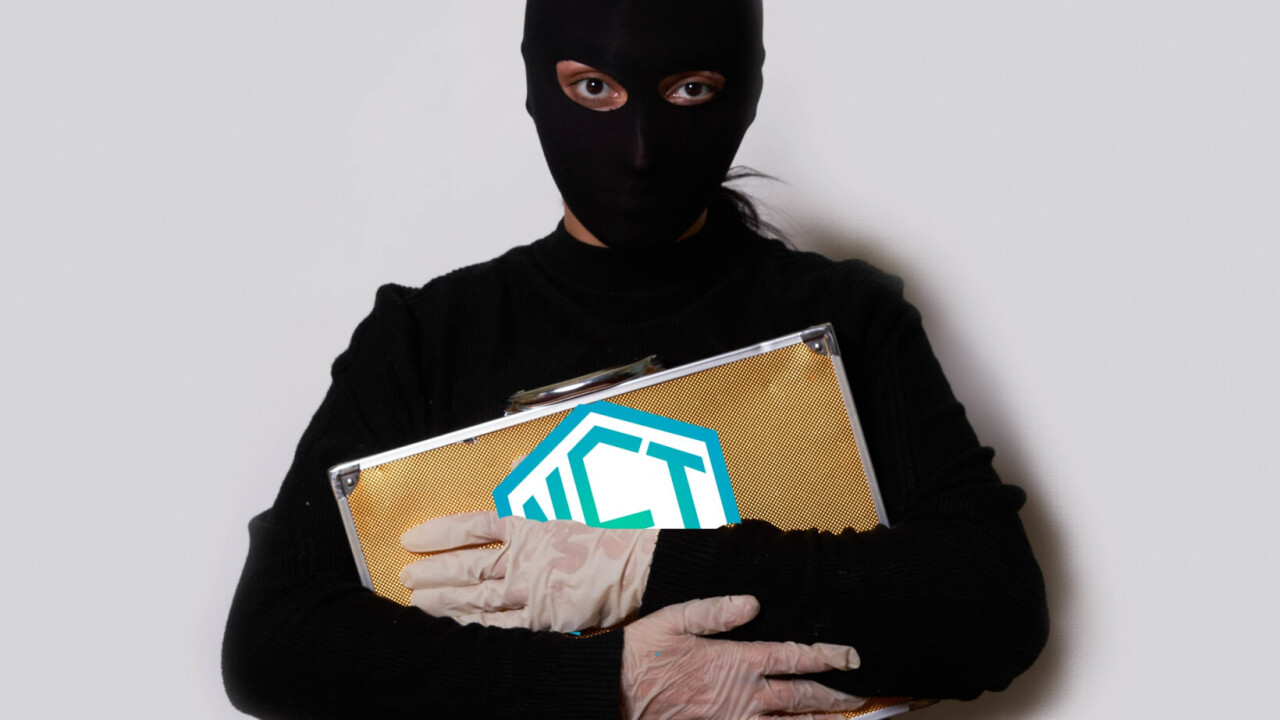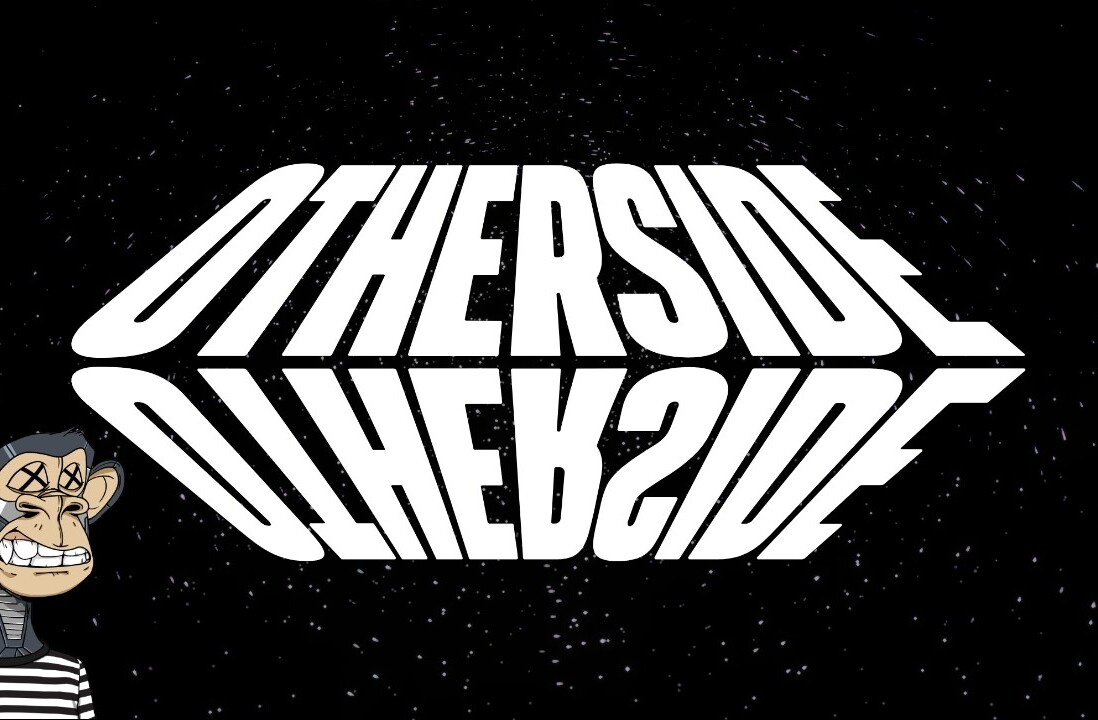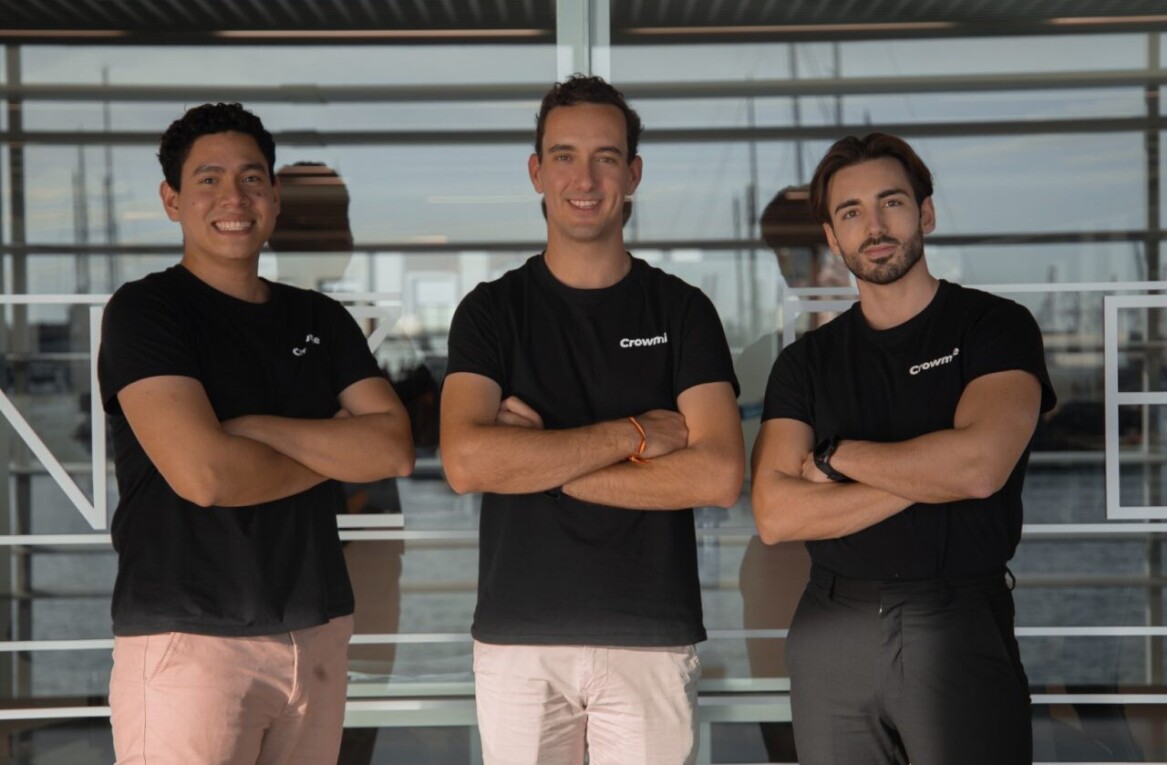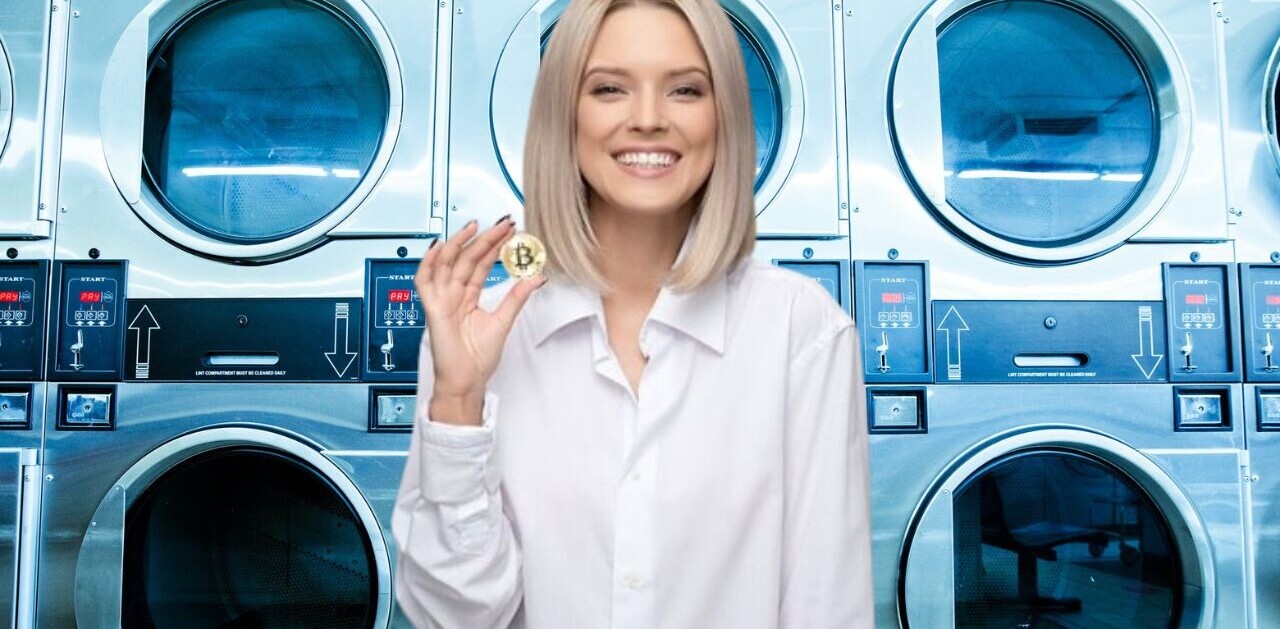There are plenty of instances in the Web3 world where projects feature stolen art that’s turned into NFTs without creators’ permission.
DeviantArt, an online art and design community founded in 2000, is now opening up its NFT protection tool to everyone.
Until now, that tool was available only to DeviantArt community members. But now any artist can sign up for it.
Here’s what you get: the free version allows you to upload 10 images, and you’ll get alerts if anyone is using your art as an NFT. You can pay $9.95 per month to get protection for 1,000 pieces of art with a size limit of 50GB.
The company told me that its tool can also detect similar art where someone has moved around some of the elements, or changed its style. This will prevent projects from creating derivative works of your art.
Here’s how you can protect your creations:
- Head to the DeviantArt Protect website.
- Click on Join the Beta.
- Sign up for the protection service using your email.
- Once you’ve done that, you can upload 10 PNG or JPG images of art that you’ve created.

You’re now ready to get notifications for infringements of your art. If you get a notification, DeviantArt also helps you form a takedown request with that particular platform.

The importance of building NFT protection tools
In a call with TNW, DeviantArt said that as a company in charge of a 22-year-old artist community, it has a strong inclination towards protecting its users’ interests.
The company hosts 70 million artists, with over half a billion images on the platform. It also has tools for publishing, marketing, and monetizing this content.
It built the NFT protection last year to shelter artists from thefts. Liat Karpel Gurwicz, the company’s CMO, said that Web3 is a good idea for artists to build equity for work, but it has yet to deliver fully on its promises. So it’s important to protect them from dangers like thefts with cross-chain and cross-marketplace tech.
She noted that the firm’s tool works across eight blockchains including Ethereum, Polygon, Palm, and Flow. At the time of writing, the tech has scanned more than 345 million NFTs, and has sent more than 245,000 alerts to artists.
The company’s theft detection tech is also available through APIs in the alpha stage. It plans to release it in open beta so other platforms and marketplaces can incorporate it to detect the use of plagiarized art.
Solo Ceesay, COO and Co-Founder at Calaxy, a blockchain-based app for creators, said NFT marketplaces have to incorporate tools that can catch bad actors before they make money:
While imitation may be the sincerest form of flattery, NFT projects are a colossal exception to this. Marketplaces and NFT projects have to keep their finger on the pulse by consistently monitoring copycat projects. Staying steps ahead of the bad actors looking to profit off of prospective holders is a failsafe way of providing assurance to the community and underpinning trust in your project.
He added that while decentralization is the strongest proposition of blockchain technology, NFT marketplaces need some level of centralization to stop the trade of stolen assets.
Gurwicz said that many marketplaces don’t have Know Your Customer (KYC) practices in place to protect artists. While Web3 is agile, and designed to allow users to lazy mint NFTs — a process where an NFT is minted just at the time of purchase — it gives fraudsters a chance to siphon off some money with stolen art.
NFT plagiarism is unfortunately already rampant. Earlier this year, NFT marketplace OpenSea said that 80% of NFTs created for free on the platform are spam or fraud. That makes tools like DeviantArt Protect essential for this space to flourish.
Did you know Solo Ceesay is speaking at the TNW Conference this summer? Check out the full list of speakers here.
Get the TNW newsletter
Get the most important tech news in your inbox each week.





